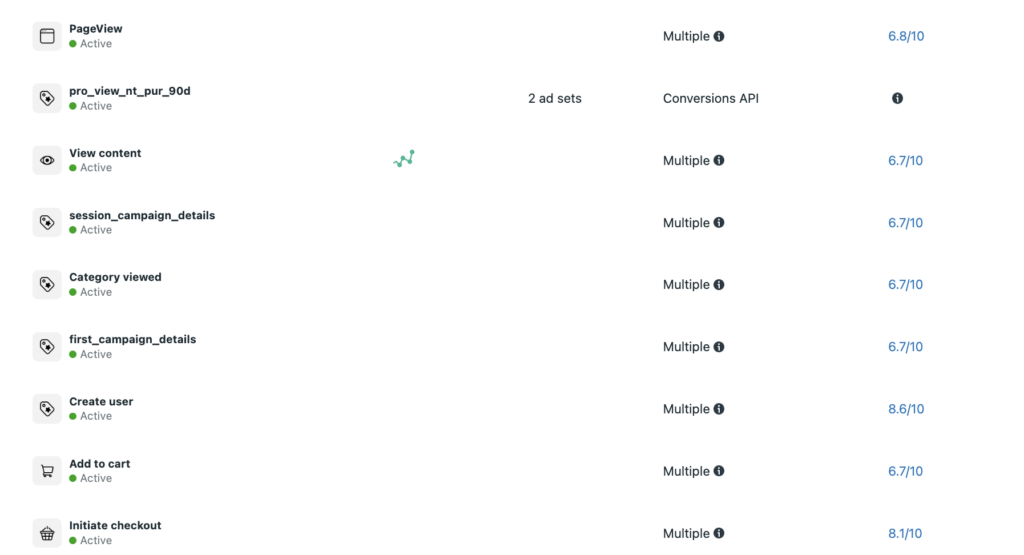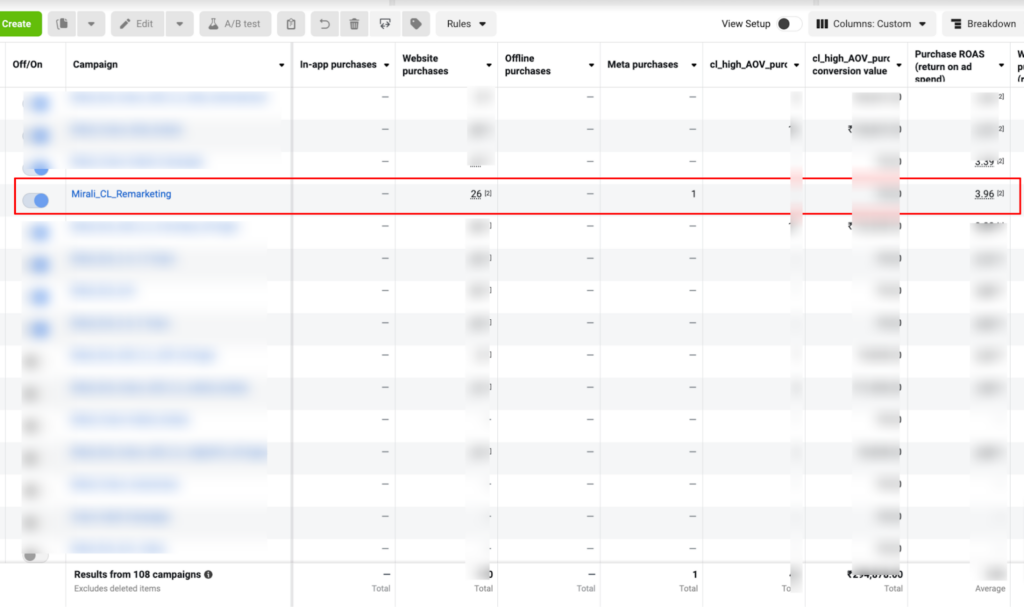Mirali, an adorable kids’ clothing brand with a massive Instagram following, ventured boldly into the DTC arena.
This is a journey from running traffic campaigns then migrating to conversion campaigns and scaling and optimizing royally.
Challenge when growing brands wants to scale
Mirali stands apart with a broad selection of product categories and multiple AOVs. Their strategy was to scale across all categories and elevate purchases with higher AOVs.
But growing brands typically run numerous scaling campaigns, such as lookalike campaigns and other traffic-driving strategies. However, only a handful are optimized for conversions. As these brands prepare to scale, they often encounter saturation, where their ROAS plateaus, hindering further growth. This results in a frustrating cycle—ready to scale but unable to move forward.
Boom! Strategy Stalled by Shopify’s Limitations
I love Shopify, but not Shopify CAPI.
Shopify CAPI restricts marketers by allowing only a single conversion event: the purchase.
Need to boost kids’ wear sales? Shopify says, “Optimize for purchase.”
Aiming for more mid-AOV sales? Shopify still says, “Optimize for purchase.”
But does that really make sense?
Every optimization event is an AI model itself
Basically, Meta AI is a machine learning algorithm and it needs to be trained for the conversion goal. If the purchase is the goal, train it for purchase. If the conversion goal is high AOV purchase or kids wear, then the campaign needs to be optimized for the specific conversion goal.
By analyzing the user data, the algorithm can estimate the potential ROAS and place the higher bids on the next most valuable customer.
“Most of the marketers are stuck here in this loop of limitations and not being the able to train the algorithm for most high value customer”
It all sums upto that, it is in the marketers hand to train the Meta for hitting the conversion goal or the revenue goal. Let’s get the control back in our hands.
Let’s give what Meta wants – Powering Ad platforms with 1PD Signals
No Magic, Only Logic
1. Powering Meta with first-party data signals for higher event match quality
The algorithm prioritizes multiple factors and one of the factors is the signal which is closer to conversion. Powering the right signals with all the customer information parameters is important for Meta to identify the right prospect.
First-Party Data Signals not only improve the purchase event but also the signal quality like view content , add to cart , checkout made etc.

2. Custom conversion event for training the AI Algorithm
We created multiple custom conversion events based on the AOVs and categories to scale the campaigns.
These custom conversion events with higher event match quality help training and targeting the most relevant valuable customers.
Overall scaling the campaigns for high AOV custom purchase event, category purchase event and purchase event, we have had 200% improved the number of purchases which 25% are high AOVs.
3. Exclusion is the key – Structured campaigns
Campaign structure is very important to the amount spent contained and not over board.

4. Retargeting custom audience for high reach
We have created a custom audience for the entire last 90 days for those who have viewed content but not purchased.
A quick snapshot of what First-Party Data Sync and Default Facebook Pixel sync custom audience match rate was a game-changer.

Retargeting campaigns neatly structured can yield high conversions at its campaign performance. In the case of Mirali, the retargeting campaigns provided the highest ROAS as the awareness was over. And this was a strong nurturing campaigns which pushes to make that purchase.

Summary:
Almost 90 days of adopting 1PD OPs strategy have yielded the brand to optimize and scale the campaigns.
In terms of numbers, the brand has scaled 3.7X times from where we began.


